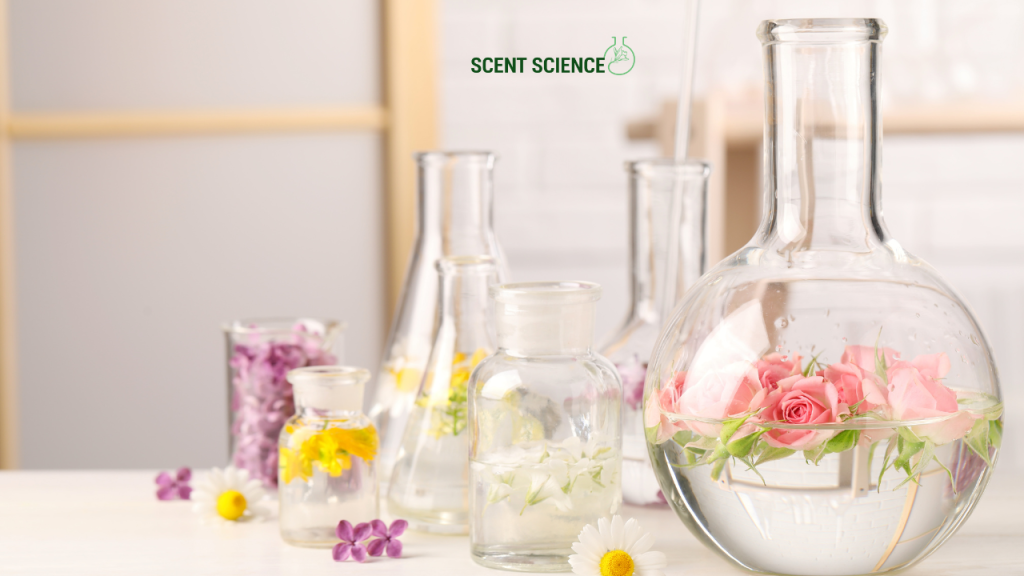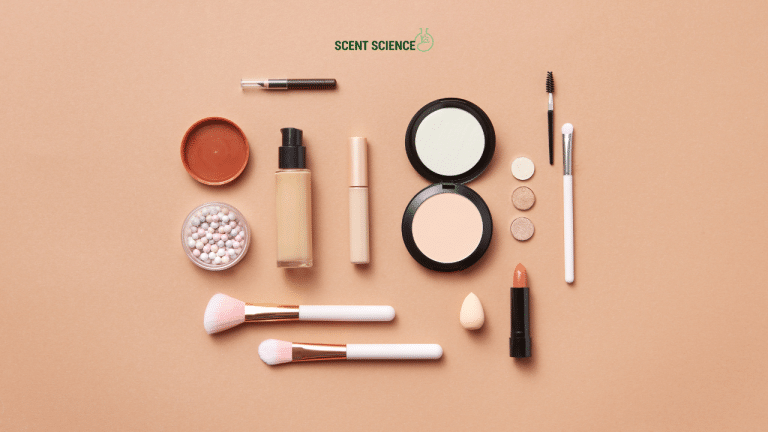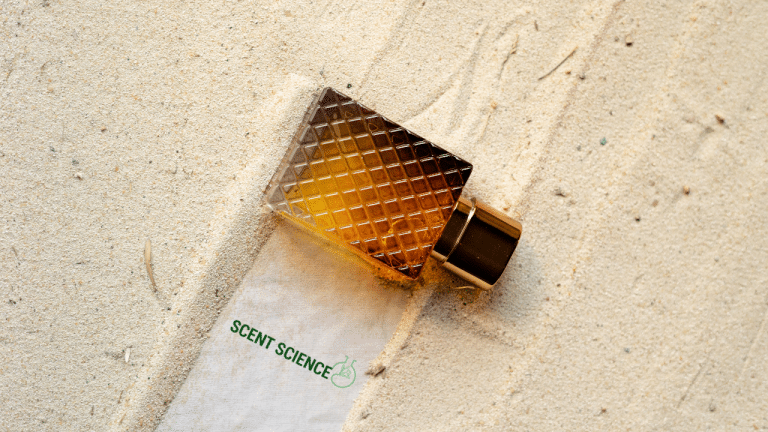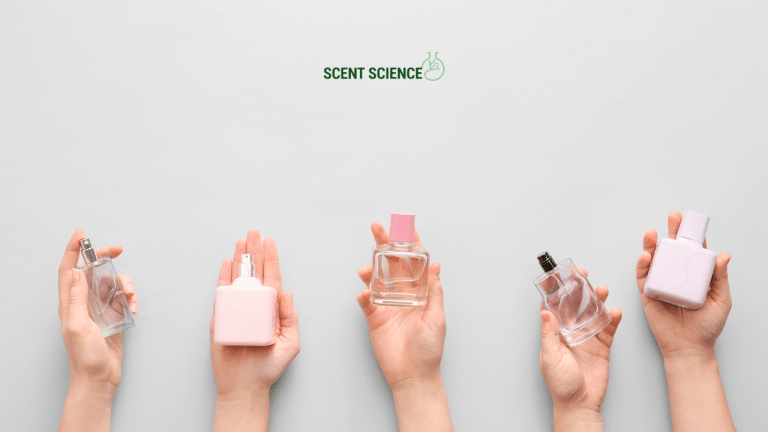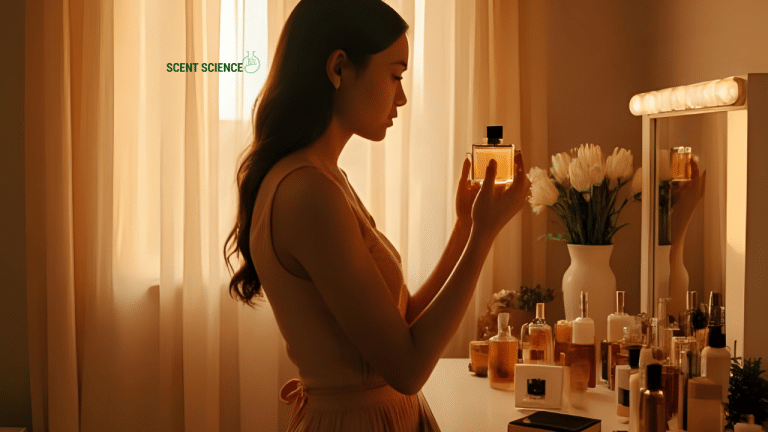The fragrance industry is undergoing a groundbreaking transformation, blending science and sustainability to address pressing environmental challenges. Biotechnology is revolutionizing how perfumes are created, offering ethical alternatives to traditional methods that often rely on overharvested plants or petrochemicals. By harnessing microorganisms and cutting-edge science, brands are crafting luxurious scents while protecting biodiversity and reducing ecological footprints.
Table of Contents
ToggleThe Problem: Fragrance’s Environmental Cost
Traditional perfumery has long depended on rare botanicals like sandalwood, rose, and jasmine, many of which face threats from overharvesting and climate change. For example:
- Sandalwood trees take 30+ years to mature, yet demand has pushed the species toward endangerment.
- Rose oil requires thousands of petals to produce a single ounce, driving massive land and water use.
- Musk, historically sourced from endangered animals, has led to ethical concerns even with synthetic alternatives.
These practices strain ecosystems, contribute to deforestation, and create supply chain vulnerabilities.
The Biotech Solution: Science Meets Sustainability
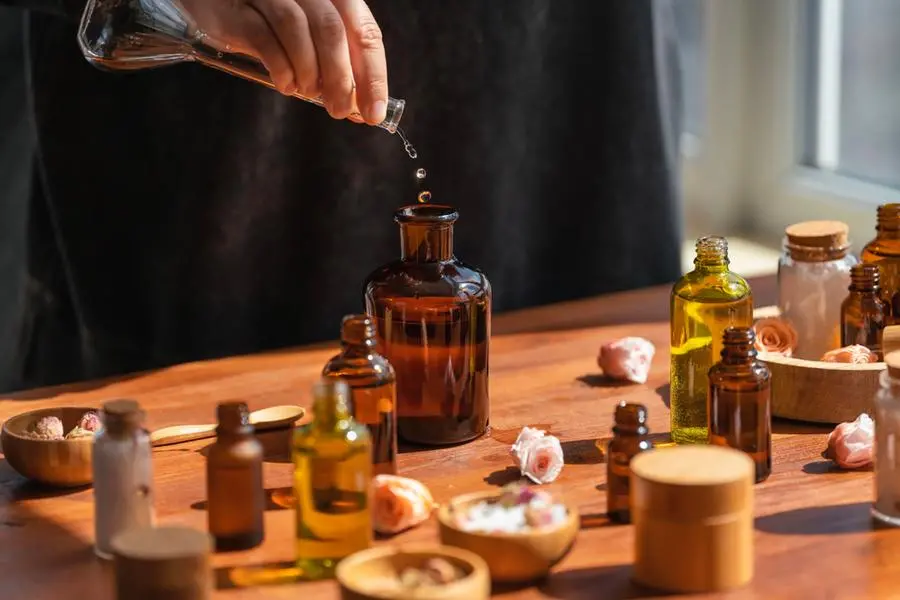
Biotechnology offers a paradigm shift by using engineered microorganisms (yeast, bacteria) or enzymes to produce aromatic compounds without harvesting endangered species. Key methods include:
1. Metabolic Engineering
Microbes are reprogrammed to act as “living factories,” converting sustainable feedstocks (like agricultural waste) into fragrance molecules.
- Example: Santalol (sandalwood’s key compound) is now produced by engineered yeast, preserving wild sandalwood forests.
2. Fermentation
Using controlled fermentation processes, companies replicate rare scents efficiently.
- Example: Rose oil can be biosynthesized from plant waste, eliminating the need for vast rose fields.
3. Enzyme Biocatalysis
Enzymes transform raw materials into specific aroma molecules with precision, reducing energy use.
- Example: Citral (a citrus note) is made via enzymatic processes instead of petroleum-based synthesis.
Environmental & Ethical Benefits
🌱 Preserves Biodiversity
- Protects endangered species like sandalwood and oud by providing lab-grown alternatives.
- Reduces habitat destruction linked to large-scale crop farming (e.g., roses, jasmine).
💧 Lowers Resource Consumption
- Water: Biotech rose oil uses 93% less water than traditional extraction.
- Land: Microbial fermentation requires minimal space compared to botanical farming.
- Energy: Processes like fermentation operate at lower temperatures, cutting emissions.
♻️ Circular Economy
- Utilizes agricultural waste (e.g., citrus peels, rice husks) as feedstock, turning waste into luxury ingredients.
🧪 Consistent Quality & Innovation
- Eliminates supply fluctuations caused by climate or geopolitical issues.
- Enables novel scent molecules impossible to source from nature.
Pioneers in Biotech Perfumery
Givaudan
- Uses metabolic engineering to produce vanilla and patchouli sustainably.
- Their ClearWood® (a biodegradable patchouli alternative) reduces reliance on traditional farming.
Firmenich
- Developed a biosynthetic sandalwood alternative through yeast fermentation.
- Partners with conservation groups to protect natural sandalwood ecosystems.
Versace Dylan Turquoise
- Features primofiore lemon oil made via biotech, with 85% biodegradable ingredients.
Amyris
- Engineers yeast to produce squalane (a moisturizing agent) and rare terpenes for clean fragrances.
Challenges & Future Directions
While promising, scaling biotech perfumery faces hurdles:
- Cost: Initial R&D and fermentation infrastructure require significant investment.
- Consumer Perception: Some buyers still equate “natural” with “better,” despite biotech’s ecological benefits.
- Regulation: Ensuring biotech ingredients meet global safety and labeling standards.
Future innovations:
- AI-Driven Strain Optimization: Machine learning accelerates the design of efficient microbial strains.
- Carbon-Negative Processes: Using CO2 as a feedstock for fragrance molecule production.
- Hybrid Scents: Blending biotech ingredients with ethically sourced botanicals for complexity.
Conclusion: The Future of Fragrance is Green

Biotechnology is redefining luxury perfumery, proving that ethics and aesthetics can coexist. By prioritizing planetary health alongside olfactory artistry, the industry is crafting a future where every spritz tells a story of innovation and stewardship.
Explore biotechnology-powered fragrances and join the sustainable scent movement at scentsciencebeauty.com. Follow us for updates on eco-conscious perfumes and expert insights into the science of scent!

